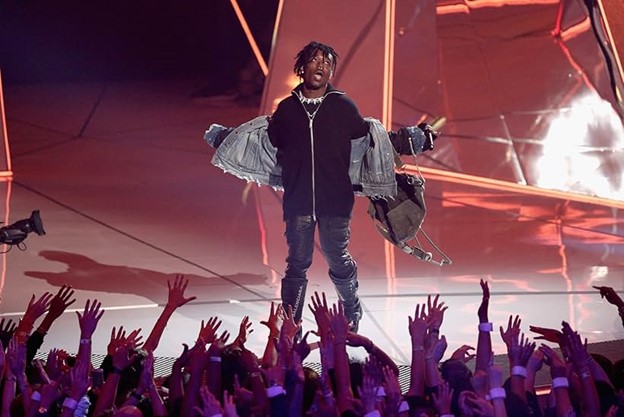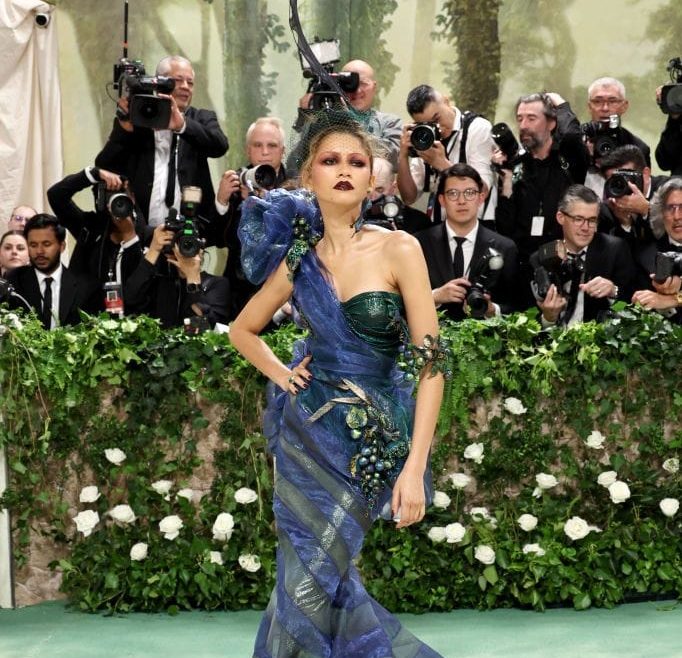
What was once a fashion no-no has been approved by the fashion Gods.
Wearing white on labor day? Totally fine.
In the 1800’s, white was considered a taboo when summer ended, because white being a “light” color was used to stay cool during the hot summer months. It held true even after Labor Day became a federal holiday in 1894.
White outfits were considered a “look of leisure,” according to TIME Magazine.
So when everyone went back to work or back to school after vacationing, darker colors returned to their wardrobes. Today, heavier clothing, such as sweaters and thick denim, are available after the holiday and dubbed “winter white” as the acceptation to the rule.
It’s the second week of school and students still are wearing white after Labor Day. Why? White is classic.
According to the Houston Chronicle, “breaking antiquated fashion rules is OK.” This year, designers like Marc Jacobs are changing it up by creating dresses and skirts in ivories and chalk-colored frocks. The Baltimore Sun calls this fad the “new cool-weather neutral.”
With white suddenly being dubbed the new black, this seasonally neglected color has been announced a wearable hue year-round.
However, fashionistas need to know how to make this trend work for them, rather than work against them.
For instance, it’s acceptable to wear heavy white clothing like thick winter dresses and comfy white denim, but don’t wear them together. A head-to-toe white looks pristine in the summer, but can have the opposite affect during the colder months.
Instead, wear white jeans with a dark jacket and top. Do wear white accessories like boots with jeans or a white scarf, but don’t overdo it on the white accessories. Things will start to look more match-y-match-y than effortless.
Also, it’s totally cool to wear white with confidence.
Just like red, white can be an eye-catching accent to a dark ensemble.
Alexa Wilansky can be reached at [email protected].












